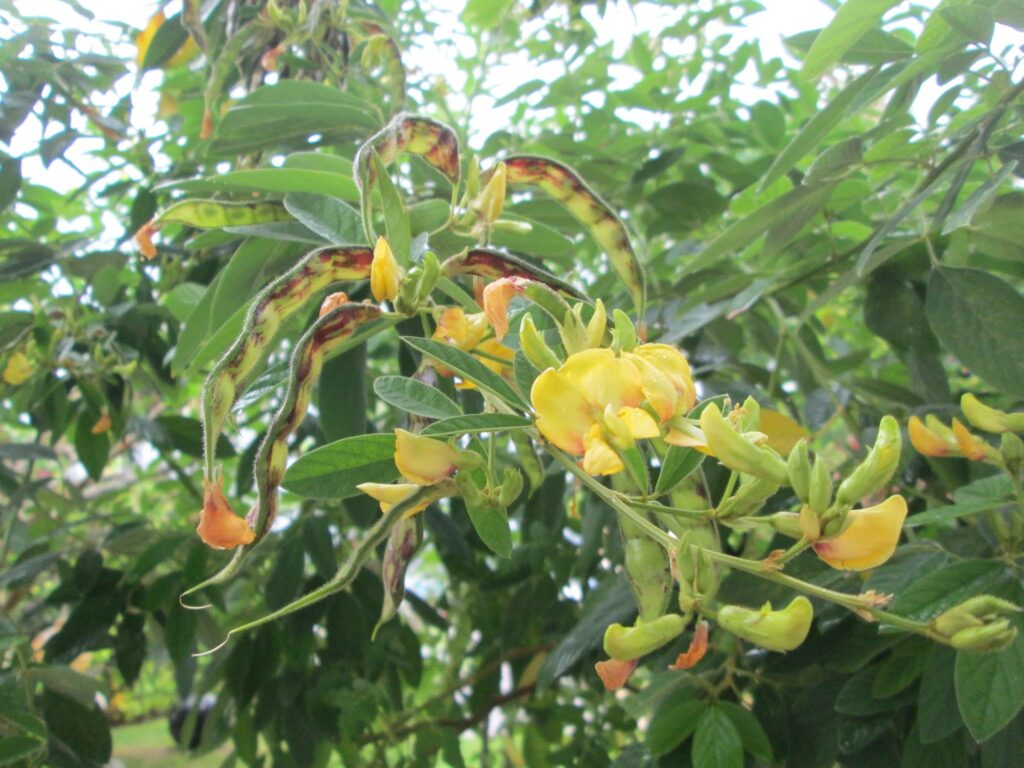Rapid roving a varietal survey for Pigeonpea Phytopthora wilt in Kalaburagi district of Karnataka, India
INTRODUCTION: Arhar also called Pigeonpea; Cajanus cajan (L) Mill sp is the second most important pulse crop in India after chickpea. It has multiple uses and occupies an important place in the reviling farming systems in the country and vegetarian diet. It also plays an important role in sustainable agriculture by enriching the soil through …









